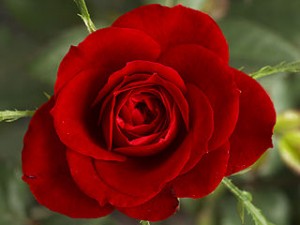 In honor of the arrival of Spring I thought I’d dust off my epic poem about an Aries perspective on an important mystery.
In honor of the arrival of Spring I thought I’d dust off my epic poem about an Aries perspective on an important mystery.
Year: 2012
Happy Eostre!
March 20, 2012Spring Rites
March 16, 2012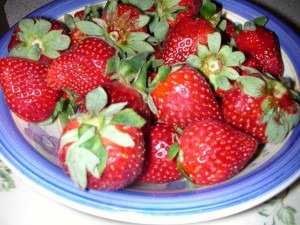 Spring Equinox comes on March 20th this year. I count the holiday as the day when the sun first rises in the sign of Aries. I saw an advertisement on an occult website recently urging people to buy now and be ready for the solstice. That would be quite a head start indeed: Summer Solstice is June 21st. Remember, equinoxes are equal; solstices are solar extremes.Spring Equinox is the celebration of the youth in all of us. In one way of looking at things, we are born, we mature, we grow steadily older until we become decrepit (but wise), and then we die. In another view, we are born, we mature, we grow old, we become young again, we grow old, and then we are young again.Featured spring goddess this year is the lovely Norse Idunn, who keeps the gods of Asgard forever young with the magic red berries she keeps in a special box. There is debate over what kind of berries these are. Some call them “Idunn’s apples.” Others say they come from the Rowan tree. Still others believe they are the same berries women pluck from the tree on the Hill of Healing to aid childbirth. Myself, I think they are cherry cordials.To regain a sense of newness, wonder and enthusiasm, include some red sweets in your spring ritual. They could be red jelly beans or strawberries or raspberries–just about anything red besides pomegranates, which are a death fruit. Ask Idunn to bless your berries with the spirit of youth. Idunn is a generous goddess, so share your magic berries with others as well as partaking of them yourself.
Spring Equinox comes on March 20th this year. I count the holiday as the day when the sun first rises in the sign of Aries. I saw an advertisement on an occult website recently urging people to buy now and be ready for the solstice. That would be quite a head start indeed: Summer Solstice is June 21st. Remember, equinoxes are equal; solstices are solar extremes.Spring Equinox is the celebration of the youth in all of us. In one way of looking at things, we are born, we mature, we grow steadily older until we become decrepit (but wise), and then we die. In another view, we are born, we mature, we grow old, we become young again, we grow old, and then we are young again.Featured spring goddess this year is the lovely Norse Idunn, who keeps the gods of Asgard forever young with the magic red berries she keeps in a special box. There is debate over what kind of berries these are. Some call them “Idunn’s apples.” Others say they come from the Rowan tree. Still others believe they are the same berries women pluck from the tree on the Hill of Healing to aid childbirth. Myself, I think they are cherry cordials.To regain a sense of newness, wonder and enthusiasm, include some red sweets in your spring ritual. They could be red jelly beans or strawberries or raspberries–just about anything red besides pomegranates, which are a death fruit. Ask Idunn to bless your berries with the spirit of youth. Idunn is a generous goddess, so share your magic berries with others as well as partaking of them yourself.
Wise Silence
March 12, 2012Defining Ourselves
March 8, 2012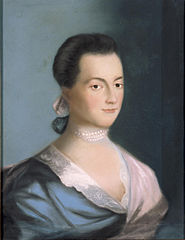
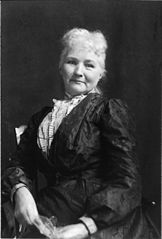
The Witch’s Broom, part II
March 2, 2012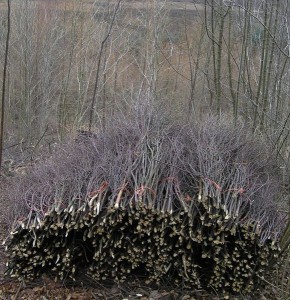
The Witch’s Broom, part I
February 24, 2012Helen Hwang and others at the Mago Circle have been sharing ideas about the sacred broom, and I felt inspired to do a bit of research regarding the use of this magical tool in Western witchcraft. Quickly pulling books off my shelf, I soon had a pile of information that was far too extensive for a blog post. I think I’ll stay with this topic for a few weeks, however, and approach a piece of the subject each week from a different perspective. The first thing that we have to grapple with when we talk about the broom as a magical tool is that the sacred broom is not really a broom, not in the way it is commonly understood as a utensil for sweeping debris off the floor. So what is it? Is it the act of sweeping that makes the broom magical? Is it a cleaning application in the realm of etheric energies? Is it some quality in the materials sewn into the part that sweeps? Is it some quality in the handle? Does it relate to the broom’s relationship to the house? As we will see, all of these things play into the magical power of the broom.When we talk about witches riding their brooms, the cliched expression is “riding on their broomsticks.” Yet we don’t ordinarily refer to the handle of the broom in other contexts. For example, if I wanted someone to pass a broom to me, I would say, “hand me the broom,” not “hand me the broomstick.” Magically speaking, the stick in broomstick warrants examination.
The first thing that we have to grapple with when we talk about the broom as a magical tool is that the sacred broom is not really a broom, not in the way it is commonly understood as a utensil for sweeping debris off the floor. So what is it? Is it the act of sweeping that makes the broom magical? Is it a cleaning application in the realm of etheric energies? Is it some quality in the materials sewn into the part that sweeps? Is it some quality in the handle? Does it relate to the broom’s relationship to the house? As we will see, all of these things play into the magical power of the broom.When we talk about witches riding their brooms, the cliched expression is “riding on their broomsticks.” Yet we don’t ordinarily refer to the handle of the broom in other contexts. For example, if I wanted someone to pass a broom to me, I would say, “hand me the broom,” not “hand me the broomstick.” Magically speaking, the stick in broomstick warrants examination.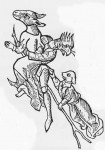
The wand is the magical weapon of invocation; but among witches it sometimes took the form of the riding pole, upon which they performed the traditional jumping dance to make the crops grow tall. This dance was probably the origin of the idea that witches used broomsticks or staffs to fly through the air upon….To dance over the ground with a pole or staff between the legs is an obvious phallic gesture of the old fertility rites. Hence the end of the riding pole was often carved in the shape of a phallus. This, however, marked the staff as an obvious magical object, an adjunct of the Old Religion that was dangerous to have leaning against one’s cottage wall in the times of persecution. So the phallic riding pole had its carved end disguised with a bunch of twigs and became the witch’s broomstick.
Despite (or because of) its phallic symbolism, the broom is traditionally a woman’s magical tool, although Radmir Ristic in Balkan Traditional Witchcraft says there was at one time a type of broom associated with threshing that men used. The type of wood used in the handle influences the magic. Ash, the World Tree in Germanic lore, is the most common traditional wood, but there are no hard and fast rules here.The broom in the photograph is my own broom. It is a handmade broom given to me as a gift. Instead of a phallic tip, there is the face of a bearded man carved into the handle. The wood is mesquite, which is the tree witches in the Sonora Desert commonly use for magical implements. It is a medium sized, thorny tree with hard wood and very tiny leaves. The flowers, like the wood, are highly aromatic and attract legions of bees. The honey has a strong distinctive flavor. Mesquite produces pods that can be ground into flour or boiled to make a sweet thick beverage. Since the mesquite tree produces sweet abundance in a tough environment, it brings a life-giving, sustaining quality to the broom magic, similar to the wood from the World Tree.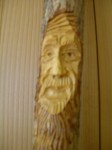 My next installment of this series will discuss the “sweepy” part of the broom.SourcesRistic, Radomir. Balkan Traditional Witchcraft. Translated by Michael C. Carter, Jr. Los Angeles: Pendraig Publishers, 2009.Valiente, Doreen. Witchcraft for Tomorrow. Custer, WA: Phoenix Publishing, 1987.
My next installment of this series will discuss the “sweepy” part of the broom.SourcesRistic, Radomir. Balkan Traditional Witchcraft. Translated by Michael C. Carter, Jr. Los Angeles: Pendraig Publishers, 2009.Valiente, Doreen. Witchcraft for Tomorrow. Custer, WA: Phoenix Publishing, 1987.
Welcome, Pagan Blog Project!
February 19, 2012Good Morning, Little Dove
February 17, 2012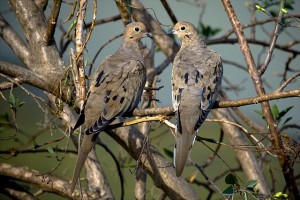
Happy Valentine’s Day
February 14, 2012 It’s nice to see the celebration of love flourishing again in the land of Ishtar.
It’s nice to see the celebration of love flourishing again in the land of Ishtar.

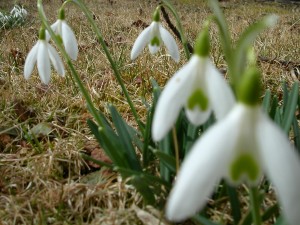

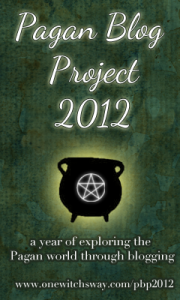 The Pagan Blog Project.
The Pagan Blog Project.